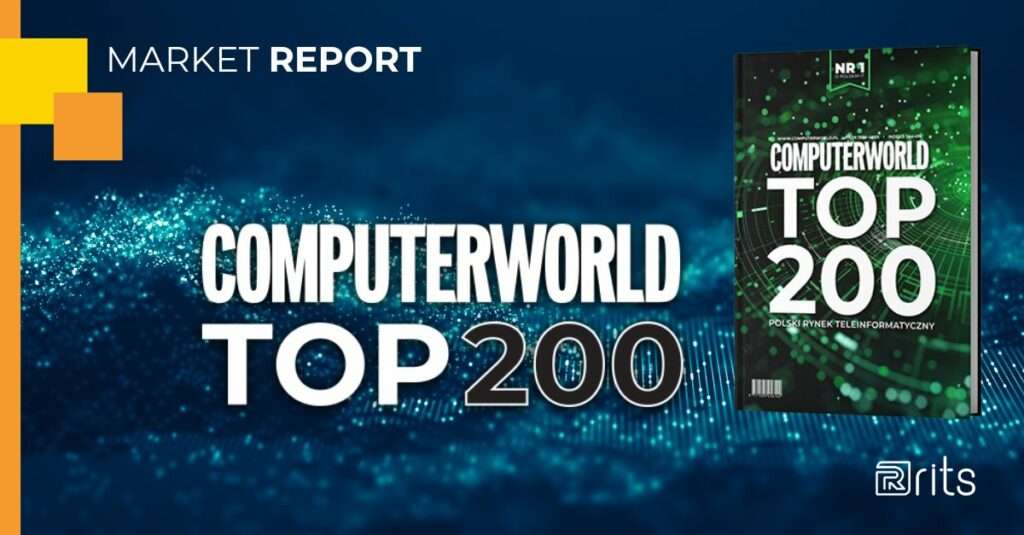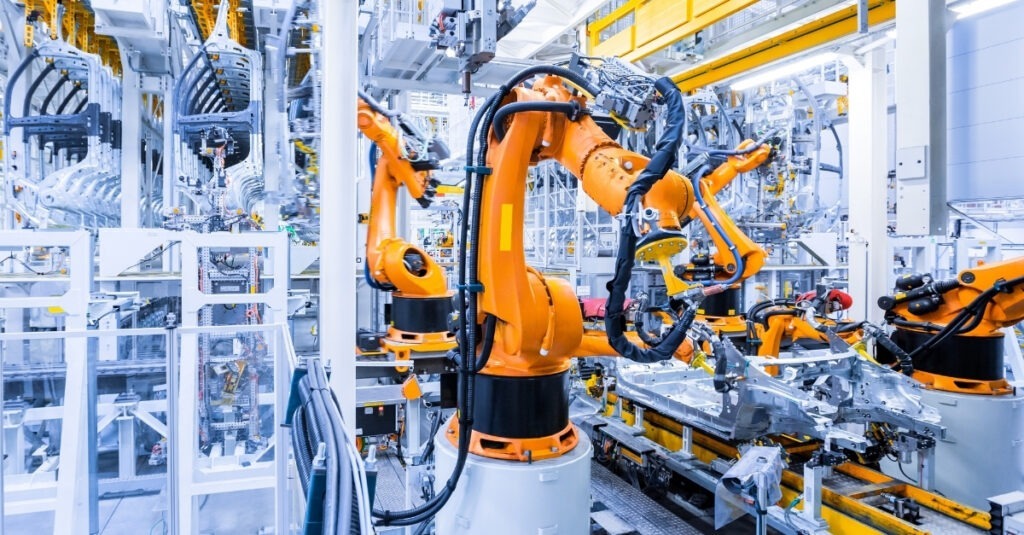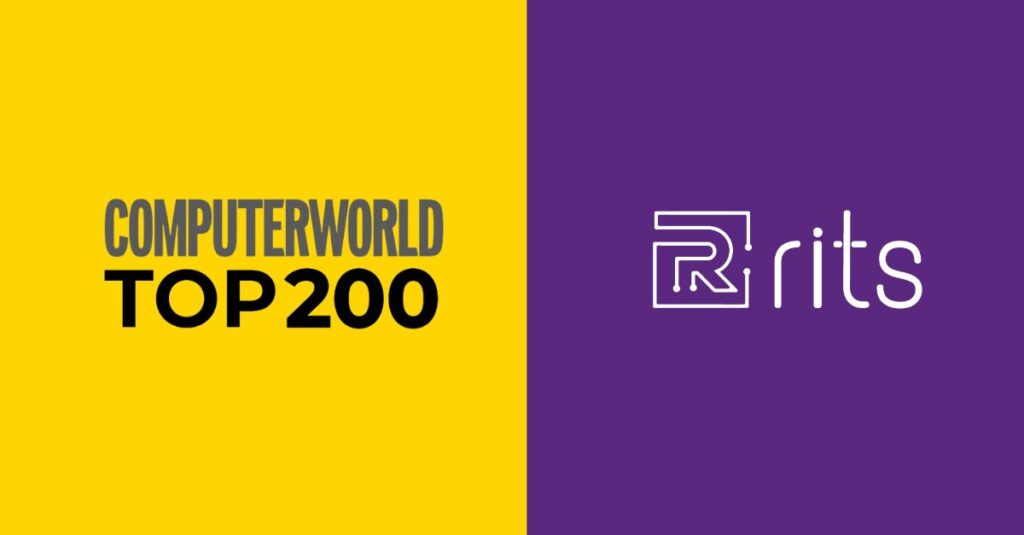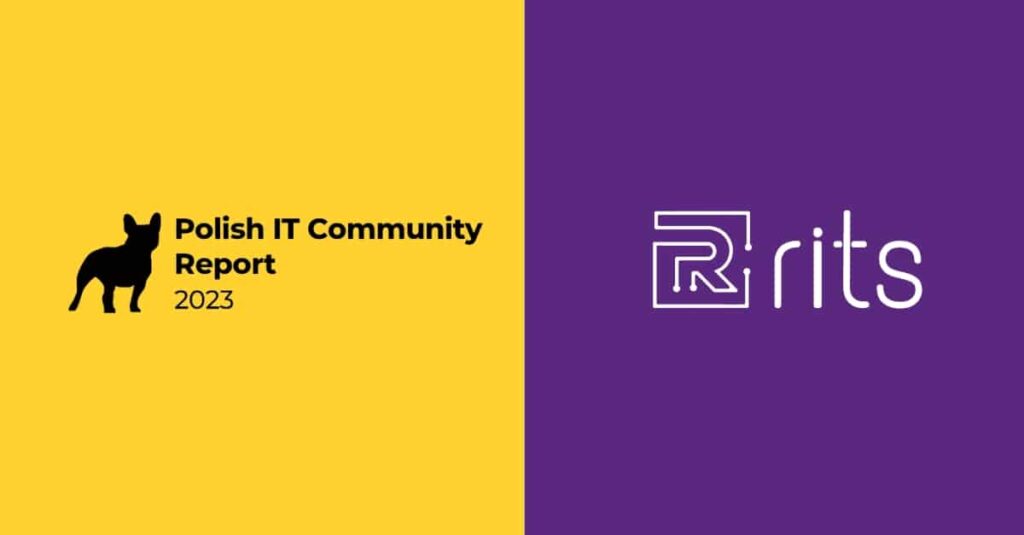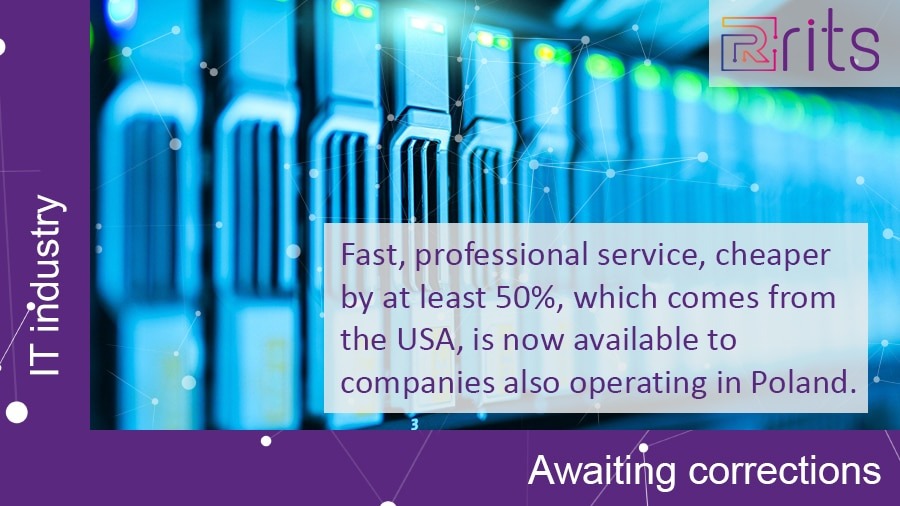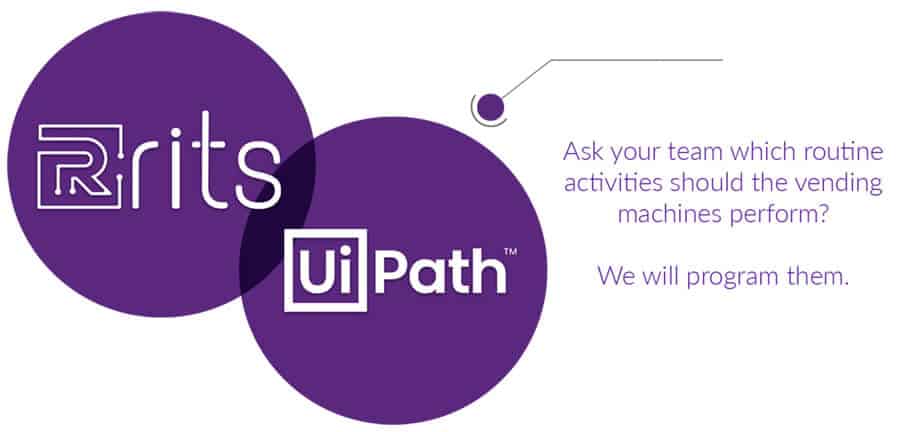Cybersecurity
As web applications become increasingly complex, so does the number of potential security threats. In 2024, developers are expected to implement advanced security strategies, including end-to-end encryption, multi-factor authentication, and regular security audits, to protect user data from growing cyber threats.
Key aspects of cybersecurity for web applications include:
- Data encryption: Using protocols such as HTTPS to encrypt data transmitted between the client and server is fundamental to secure communication in web applications.
- Protection against attacks: Safeguarding against common attacks such as Cross-Site Scripting (XSS), SQL Injection, Cross-Site Request Forgery (CSRF), and others, through the use of appropriate filters, input data validation, and secure coding practices.
- Authentication and authorization: Implementing strong user authentication mechanisms, such as two-factor authentication (2FA), and managing permissions to ensure access to resources only by authorized users.
- Regular updates and patches: Maintaining software, including servers, databases, and other system components, up to date to prevent exploitation of known security vulnerabilities.
- DDoS protection: Securing applications against Distributed Denial of Service (DDoS) attacks, which can disrupt access to services by overwhelming the server with excessive traffic.
- Incident management: Developing an incident response plan that enables quick identification, analysis, and response to potential threats.
As technology such as AI and machine learning advances, the future of cybersecurity in web applications will involve increasingly sophisticated tools for detecting and responding to threats in real-time. Artificial intelligence can help identify unusual behavior patterns that may indicate attempted attacks, even before they occur. However, cybercriminal methods will also evolve, meaning cybersecurity will require continuous adaptation and innovation.
Dominance of Progressive Web Apps (PWA)
Progressive Web Apps (PWA) are an innovative solution that combines the best features of websites and mobile applications, offering users a unique online experience. By leveraging modern web technologies, PWAs operate swiftly, remain reliable even in poor network conditions, and can be added to the device’s home screen without the need for downloading from traditional app stores. This makes PWAs an increasingly popular choice for companies and developers seeking to enhance user engagement and satisfaction.
Key advantages of PWAs:
- Offline accessibility: Through the use of service workers, PWAs can function offline or in weak network conditions, providing access to content and features without interruptions.
- Speed and performance: PWAs are optimized for fast loading times and smooth operation, translating to better user experiences and higher conversion rates.
- Device installation: Users can „install” PWAs on their devices, adding the app icon directly to the home screen for easy access and visibility.
- Background updates: Service workers enable background updates, ensuring users always have access to the latest version of the application without manual updating.
- Security: PWAs require connection via HTTPS, ensuring secure communication and user data protection.
Examples of PWA applications:
- E-commerce: Online stores utilize PWAs to increase page loading speeds, directly impacting sales growth and conversion rate improvements.
- Media and publications: Publishers use PWAs to provide quick access to content, even with poor internet connections, increasing reader engagement.
- Travel and tourism: Travel and booking apps offer offline-accessible information, fast bookings, and easy access from the device’s home screen.
Despite numerous benefits, implementing PWAs also presents challenges, such as functional limitations on some platforms and the need for user education regarding the benefits of PWA „installation.” However, with growing support from major browsers and operating systems, the future of PWAs seems promising, with the potential to further shape the future of the mobile internet.
WebAssembly (Wasm)
WebAssembly (Wasm) is a modern binary code standard for executable web programs, enabling the execution of code written in programming languages such as C, C++, Rust, and even Go directly in the web browser. This groundbreaking approach to web application programming opens doors to entirely new possibilities in terms of performance, security, and application portability, becoming one of the most promising directions for innovation and development in web technologies.
Key advantages of WebAssembly:
- Performance: WebAssembly provides performance comparable to native code, revolutionizing web applications that were previously limited by JavaScript performance. This allows for the creation of more complex and demanding applications, such as 3D games, video editors, simulation tools, and other applications requiring intensive computations.
- Security: WebAssembly code runs in an isolated environment in the browser, minimizing security risks. Each Wasm application operates in a sandbox, protecting against malicious code and potential external attacks.
- Portability: Programs compiled to WebAssembly can run on any platform and in any modern browser without code changes, providing unparalleled portability and application distribution ease.
- Integration with existing web technologies: WebAssembly seamlessly interoperates with JavaScript and other web technologies, enabling developers to harness the best features of both worlds – the performance of Wasm and the flexibility of JavaScript.
WebAssembly continues to push the boundaries of what is achievable in browsers, enabling the creation of applications with quality and performance comparable to desktop applications. The development of tools and frameworks facilitating work with WebAssembly, such as Blazor for .NET or Yew for Rust, enables developers to more easily build advanced web applications.
The potential of WebAssembly extends beyond browsers, opening opportunities for use in server environments, mobile applications, and IoT, which could revolutionize the way we think about cross-platform applications. WebAssembly is on track to become a key element of the future of web applications, offering not only significant improvements in performance and security but also new opportunities for innovation and web application development. Its growing popularity and developer community support attest to the potential that Wasm has to offer in shaping the future of web technologies.
AI and Machine Learning
The integration of artificial intelligence and machine learning into web applications is becoming increasingly common, offering automation, personalization, and intelligent data analysis.
AI and ML enable web applications to customize content, product recommendations, and user interactions in real-time, based on behaviors, preferences, and browsing history. This increases user engagement and improves their online experiences.
By automating routine tasks such as customer service through chatbots or analyzing large datasets, AI and ML significantly enhance operational efficiency for businesses.
However, as web applications become increasingly intelligent, questions arise regarding AI ethics, including how algorithms may influence user decisions and behaviors, and how their data is managed and protected.
Efforts to increase algorithm transparency and control mechanisms, allowing users to better understand and manage how their data is utilized by AI, will be crucial for building trust and ethically utilizing technology.
Serverless Architecture
Serverless architecture, also known as serverless computing, is a computational model that revolutionizes the way web applications are designed, deployed, and managed. By eliminating the need to manage server infrastructure, serverless allows developers to focus on code and business logic, while all infrastructure handling and scaling are automatically managed by the cloud service provider. This concept not only increases efficiency and flexibility in application development but also offers significant cost savings.
Key advantages of serverless architecture:
- Scalability: Serverless automatically adjusts resources to the current needs of the application, ensuring smooth operation even during sudden traffic spikes, without the need for manual infrastructure scaling.
- Cost: The pay-as-you-go payment model means you only pay for the resources you actually use, which can significantly reduce operational costs, especially for applications with variable workloads.
- Reduced time to market: By eliminating the need to manage servers, developers can deploy new features and updates more quickly, speeding up the product development process.
- Security: Cloud service providers offer built-in infrastructure-level security mechanisms, helping protect applications from common threats.
Despite numerous benefits, serverless architecture presents challenges for developers and organizations. Serverless applications are stateless, which can make managing user state or session in more complex applications challenging. The initialization of serverless functions (cold start) can introduce delays, especially for rarely used functions. One challenge is also dependency on providers. Choosing a specific cloud service provider may lead to dependency on their platform and tools, which can limit flexibility and migration capabilities.
Edge Computing Advantage
Edge Computing, though not a new concept, has gained importance with the increasing need for fast data processing and real-time analysis, especially in applications requiring low latency and high performance. According to Gartner, by 2025, 75% of generated data will be processed outside traditional data centers or the cloud, underscoring the growing role of Edge Computing in the development of web applications.
By moving data processing closer to end users, Edge Computing significantly reduces delays (latency), which is crucial for applications requiring quick responses, such as online gaming, live video streaming, financial applications, or IoT solutions. With local data processing, applications can operate more smoothly and efficiently, improving overall user experience. This is particularly important in environments with limited internet connectivity or for mobile devices.
Edge Computing enables applications to continue functioning even during temporary internet outages, increasing their reliability. Another advantage of this solution is security. Local data processing allows for better control and management of access to sensitive information.
Sustainable development
In response to growing environmental awareness, sustainable development becomes a key factor in designing web applications. As our society’s digital carbon footprint grows, the IT industry seeks ways to minimize the negative impact of technology on the environment. Sustainable development in technology encompasses practices and strategies aimed at reducing energy consumption, optimizing resources, and promoting long-term performance while ensuring innovation and competitiveness.
Key aspects of sustainable development in technology:
- Energy efficiency: Designing applications and infrastructure with energy consumption minimization in mind, such as optimizing code performance, utilizing energy-efficient server and cloud technologies, and promoting green hosting that utilizes renewable energy sources.
- Carbon footprint reduction: Reducing carbon dioxide emissions by selecting service providers and technologies that prioritize sustainable development and aim to reduce their carbon footprint.
- Resource optimization: Using technologies like serverless computing that enable more efficient resource management, reducing waste and costs.
- Code recycling and reuse: Promoting practices such as code recycling and utilizing open-source libraries and frameworks to reduce the need for creating new code from scratch, which can contribute to reducing overall energy consumption in the development process.
- Education and awareness: Increasing awareness of sustainable development among developers, designers, and project managers to promote best ecological practices throughout the application lifecycle.
Conclusion
In 2024, web application development witnesses significant advancements and emerging trends aimed at enhancing functionality, security, and sustainability. Cybersecurity remains paramount, with developers implementing advanced strategies to combat evolving threats. Progressive Web Apps (PWAs) are becoming predominant due to their offline accessibility, speed, and seamless device integration. WebAssembly (Wasm) opens new avenues for performance and security in web programming. Integration of AI and machine learning enhances user experiences, while raising ethical concerns. Serverless architecture revolutionizes application deployment and management, offering scalability and cost-efficiency. Edge Computing emerges as vital for low-latency, high-performance applications, ensuring reliability and security. Moreover, sustainable development principles are increasingly integrated into technology practices to minimize environmental impact. These trends collectively shape the future of web application development, emphasizing innovation, security, and environmental responsibility.
If you’re curious about how RITS Professional Services support business partners in their IT projects (including those related to the creation and development of web applications), be sure to check out our section: Case studies | RITS Professional Services.












